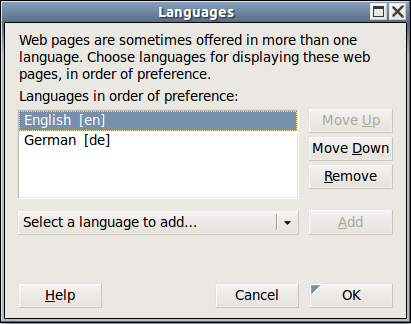FOSSGIS 2013
Last week I was at the yearly FOSSGIS conference, the German language conference for Open Source GIS, Open Data and OpenStreetMap. This year it took place in Rapperswil, Switzerland near Zurich. I like the relaxed atmosphere and the good mixture of introductory talks and talks for power users.
Tags: conference · event · fossgis · multilingual maps · openstreetmap · osmdata
![[JT]](https://www.jochentopf.com/img/jtlogo.svg)
